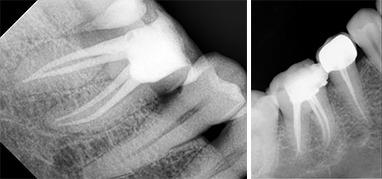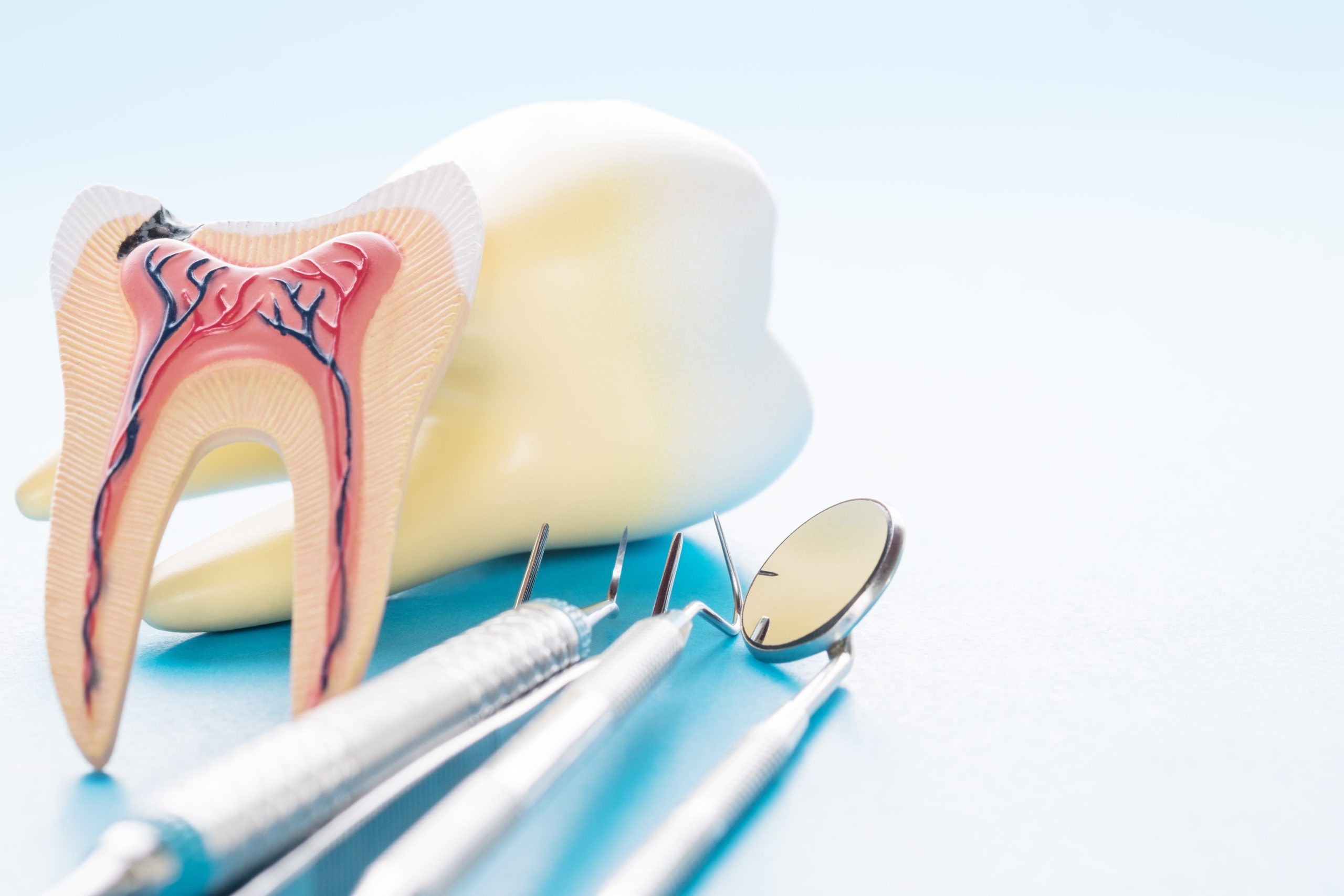Few words have the power to strike more fear in the heart of a dental patient than you need a root canal. Most people believe that root canal therapy is a painful process. Sadly, that is a mistaken impression of a procedure which:
Relieves the patient’s pain
Saves the damaged tooth
Alleviates infection
Improves oral health
Your teeth are composed of basically three layers the hard, protective enamel which offers a strong bite surface; dentin providing structural support to the enamel; and the softcore or pulp, housing nerves, and blood vessels and giving sensation (hot, cold, and bite pressure) to the tooth. When a tooth is damaged from trauma such as a fall, or severe decay reaches the nerve, the tooth may, in essence, begin to die. Infection and pressure ensue, resulting in pain. Relief from this pain is actually a very simple procedure:
We will begin by getting you out of pain, with prescription medications and antibiotics for the infection. The treatment area is thoroughly numbed, Once you are comfortable she opens the tooth, removes every trace of contamination, and sanitizes the pulp chamber.
The opening is sealed with a filling material depending on how much natural tooth structure remains, she may use a post or perform a core build-up to support a crown. When the nerves and blood vessels are removed, the shell of the tooth can become brittle, so a crown (as opposed to just a filling) finishes the root canal and provides additional strength.
While a root canal may be necessary from trauma, a cavity is not generally painful until it becomes so severe that it involves the nerve such as when a patient has not seen the dentist in a long time and did not realize that a cavity was forming. Avoiding the need for a root canal is one more reason why it is so important to maintain regular dental examinations.


